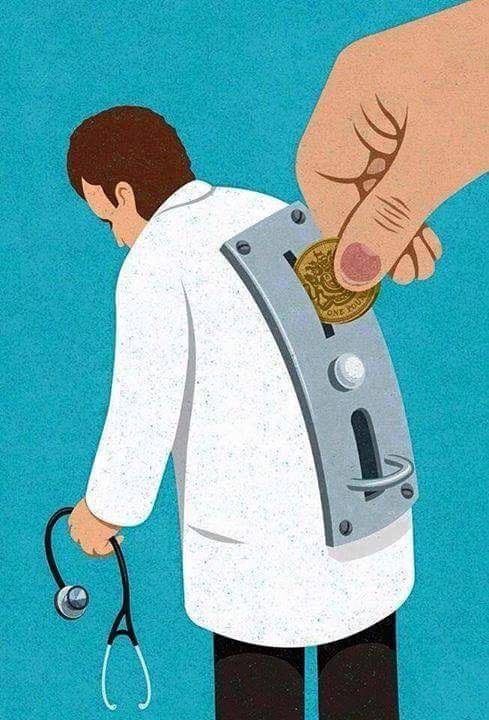Lehigh Explores Complex Fallout of Docs Vs. Hospitals

Lori Friedman writes for Lehigh University College of Business and Economics’ blog about how far many U.S. hospitals are willing to go to hold onto their most coveted physicians.
The article surveys research spearheaded by Lehigh professor of management, Michael D. Santoro.
What’s Wrong with Valuing Your Most Talented Staff?
In an article entitled “Following Doctors’ Orders: Organizational Change as a Response to Human Capital Bargaining Power” recently published in Organization Science, Santoro posits that “physician-driven changes may be counterproductive to a hospital’s long-term survival,” despite the fact that the overwhelming tendency is for patients to seek out specific physicians and hospitals based on the affiliations of those doctors.
Less Money, More Problems
From the physicians’ perspective, mounting financial stress looms as their incomes tighten and “malpractice insurance and operating costs continue to skyrocket,” according to Friedman.
Hospitals are also becoming increasingly less lucrative business ventures due to “regulatory shifts, such as adjustments to the Medicaid reimbursement rate and changes under Obamacare.”
As a result, Friedman writes that hospitals are exploring “hybrid models,” in which “part of the hospital remains nonprofit while other areas are for-profit.”
Friedman writes that an “orthopedic surgical center,” for instance, is likely to “retain top physicians attracted by new income opportunities.” Santoro’s research explored this paradigm shift over the course of a 6-year study, during which he and his team assessed the evolution of a large hospital from a nonprofit to hybrid model.
So Everybody’s Happy Then Right?
 “We found that Hospital X administrators were either somewhat reluctantly OK with these physician-driven changes,” Santoro reported, “or simply acquiesced since they had no choice in order to ensure the hospital’s long-term survival.”
“We found that Hospital X administrators were either somewhat reluctantly OK with these physician-driven changes,” Santoro reported, “or simply acquiesced since they had no choice in order to ensure the hospital’s long-term survival.”
According to Santoro, the hospital his team studied—Hospital X—proposed shares of “for-profit revenues” as well as increased creative freedom and flexibility in an effort to hang onto those sought-after physicians.
On the surface, the exchange seems mutually beneficial, where Hospital X can “stay competitive in the wake of increasing external pressures” and physicians have “access to new revenue streams in the face of eroding income.” The real-life consequences of this paradigm shift, according to the study, were less “two birds with one stone” and more “double-edged sword.”
Friedman reports in the article that Santoro’s team discovered that the newfound bargaining power that Hospital X’s physicians wielded actually undermined “any competitive marketplace advantage gained by Hospital X from the new organizational structure.” Friedman writes, “the findings have implications beyond hospitals and are relevant to the long-term survival of any talent-intensive organization where human capital power is strong.”
